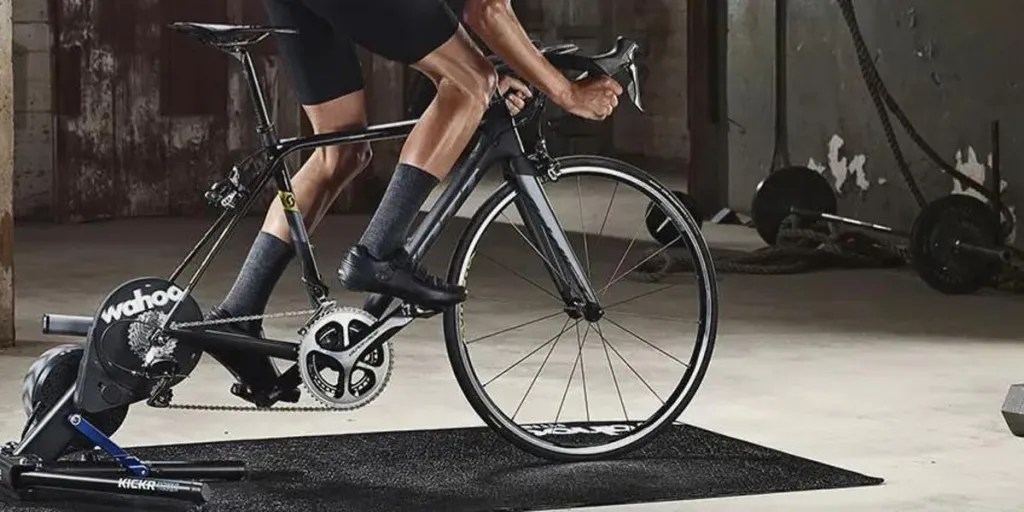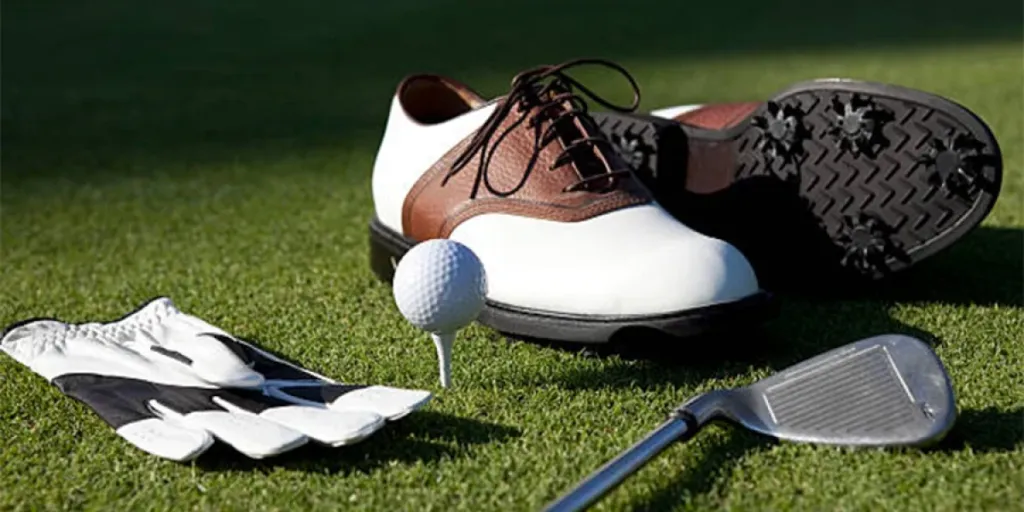Many conditions like rain, snow, hail storms, or extreme heat can stop consumers from riding their bikes outdoors. But bike trainers are ideal for consumers who don’t want to miss a beat on their cycling workout, as they allow consumers to simulate cycling without going outdoors!
This article is for business buyers interested in investing in bike trainers. So read on to explore the benefits of bike trainers, the main types, and the key factors to consider before purchasing them in 2024.
Table of Contents
Why consumers are looking for bike trainers
The main types of bike trainers
What to consider when choosing bike trainers
Bottom line
Why consumers are looking for bike trainers
Indoor bike trainers let consumers turn their bikes into stationary at home or prepping for a race. Many cyclists use these trainers for efficient, structured workouts or when weather conditions outside aren’t ideal. Regardless of the reason, bike trainers offer a convenient way to maintain riding fitness.
While cross-training is beneficial, consumers spend more time on bikes when gearing up for races or long-distance rides. That’s why having a bike trainer at home makes squeezing in a workout much easier for consumers. Top-notch trainers and programs like Zwift, Sufferfest, and TrainerRoad offer engaging and effective training sessions. Not only are these programs fun, but they also help cyclists make the most out of their workout time.
The main types of bike trainers
Smart bike trainers
A smart trainer can do many things, including measuring the power they generate in watts, allowing consumers to adjust resistance, simulate different gradients, and control/calibrate via smartphone apps. These trainers also work with popular third-party apps, like Zwift and TrainerRoad, while using communication protocols like ANT+, FE-C, or Bluetooth Smart.
Smart trainers are ideal for consumers who want to try different apps with their bike trainers. Sellers must ensure their bike trainers are compatible with popular applications like Zwift, ROUVY, and TrainerRoad. For instance, interactive smart bike trainers allow consumers to adjust resistance based on their desired training app, like Zwift or TrainerRoad.
In contrast, non-interactive smart bike trainers don’t offer adjustable resistance, meaning app compatibility will be lower. Such trainers only transmit ride data to the training app. Due to their limited functionality and decreasing popularity, non-interactive smart trainers are becoming less common in the market.
However, smart trainers offer several advantages over traditional bike trainers, making them popular. They let cyclists immerse themselves in virtual worlds, compete against or ride with other cyclists, and experience life-like simulations of hills and climbs. The best part is that these trainers can automatically adjust resistance according to pre-set programs, providing even more structured workouts.
They also feature ERG mode, which adjusts resistance to match the cyclist’s cadence and power output, making training sessions more effective and engaging. More importantly, smart trainers have two different types.
Wheel-on smart trainers
These trainers only need the bike tires to run their mechanisms and create resistance. They are beneficial because they are affordable and easy to set up. However, they have some drawbacks.
Wheel-on smart trainers tend to provide less precise power measurements, requiring more frequent calibration. Additionally, they can cause increased wear on the bike’s tire. Also, they may not be compatible with mountain or cyclocross bikes because of their designs.
Direct drive smart trainers
Direct-drive smart trainers replace the bike’s rear wheels. Instead of having the wheels on, consumers take them off and attach their bike frame directly to the trainer.
However, users need to research whether their bike’s drivetrain handshakes are effective with the trainer’s cassette. That way, they can plan the speed setup they desire. By the way, drivetrain components come in different speeds: 9-speed, 10-speed, and 11-speed (the most popular for newer setups).
Standard bike trainers
Standard trainers have resistance units that use wind, fluid, or magnets. Most of these trainers are tire-driven. Hence, they lack the resistance control ideal for smart trainers, except users attach a power meter to their bike’s crank or hub. Nonetheless, standard bike trainers still have their upsides.
For instance, wind and fluid trainers adjust resistance based on the gear consumers are pedaling in or, more precisely, the speed of their rear wheel. Magnetic trainers usually come with wired resistance controllers that consumers can attach to handlebars. However, they still rely on gear shifting to adjust pedaling.
In addition, when comparing different resistance types, fluid trainers provide the most life-like road feel. They offer a progressive resistance curve that mimics the sensation of changing gears to pick up speed, similar to what consumers would experience when riding outdoors. Also, using fluid trainers is straightforward: just pedal, and the gears will either increase or decrease resistance.
What to consider when choosing bike trainers
Resistance type
Business buyers will encounter various resistance types when purchasing bike trainers, like magnetic, electromagnetic, fluid, and wind resistance. Does the resistance matter? Yes, it does. It influences the price of the bike trainer, the riding experience, and the noise level. Here’s a breakdown:
Concerning bikes with progressive resistance, the more consumers pedal, the higher the resistance. This feature is more common for fluid and air resistance trainers. Contrarily, bikes with linear resistance offer consistent resistance—regardless of the pedaling speed. And they are found in lower-end wheel-on trainers.
Accuracy
Investing in a smart trainer requires considering its data accuracy. This feature determines the trainers’ precision power management. For instance, if consumers pedal at 250W and the trainer’s accuracy is 3%, the power output could fluctuate between 242.5W and 257.5W.
As a rule of thumb, higher-priced trainers generally offer greater accuracy. Premium models typically boast accuracy levels ranging from ±1% to ±2%. Mid-range trainers usually fall around 3%, while entry-level options may have an accuracy of approximately ±5%.
Noisiness
The noise level produced by bike trainers affects the experience without headphones and may disturb other people, especially apartment users. Fortunately, thanks to new technology, there are now quiet trainers. While silent trainers typically come with a higher price tag, the investment is worthwhile for many consumers in the long run.
The quiet trainers create noise levels of around 55 dB. However, the noise from the bike’s drivetrain tends to be louder than the trainer’s, so the ideal level should be 60 dB.
Stability

A trainer’s stability is crucial, particularly if consumers engage in activities like sprint training. Thankfully, most bike simulators offer exceptional strength and a solid platform for intense workouts. However, lower-end models (especially wheel-on models) provide less stability.
That said, stability can differ among trainer models. One impressive feature to look out for is side-to-side movement. It’ll help enhance the riding experience, providing a more realistic feel during workouts.
Bottom line
Bike trainers are the next best thing to cycling outdoors. Technology has also improved to simulate the outdoor experience, so consumers can always get their training without distractions. And these products are getting a lot of attention. Google data shows that bike trainers attracted 246,000 searches in February 2024, so stock up and prepare your inventory to handle this high demand. And finally, remember to subscribe to the Sports section of Alibaba Reads for essential updates on key products and trends.








